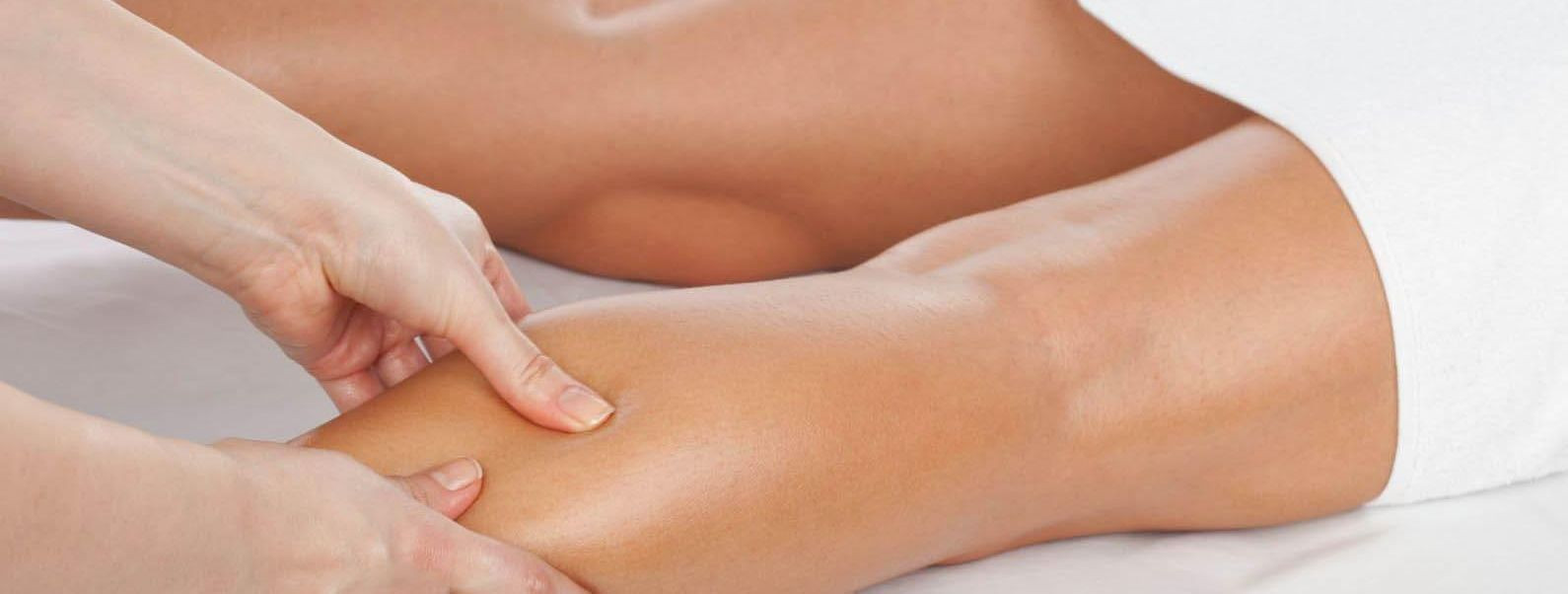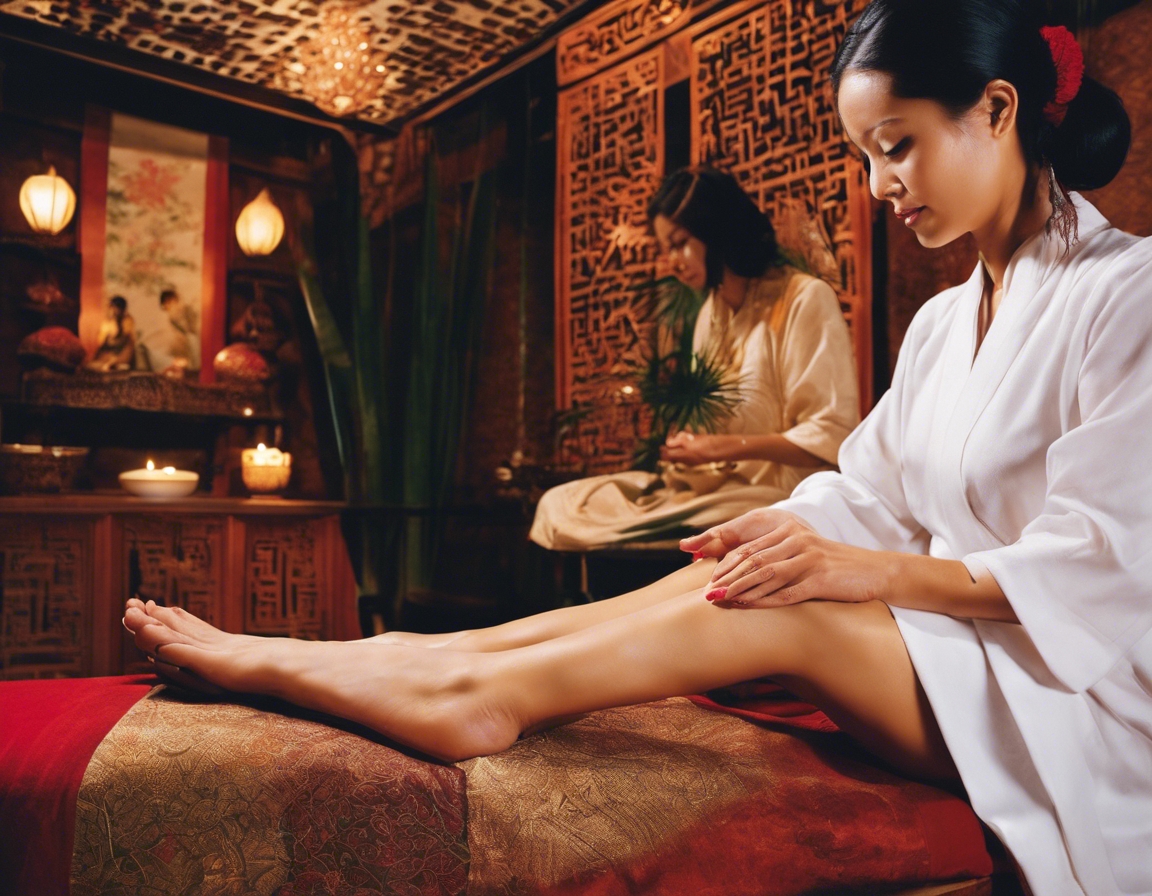How sports massage can improve your athletic performance
Sports massage is a specialized form of massage that is designed to assist in the preparation, recovery, and performance of athletes. It involves a variety of techniques that aim to enhance the body's natural recuperative powers, improve muscle function, and promote relaxation and well-being.
Research has shown that sports massage can play a significant role in an athlete's performance. It helps by reducing muscle soreness, improving flexibility, and decreasing the risk of injury, all of which can contribute to better athletic output.
The Benefits of Sports Massage for Athletes
One of the primary benefits of sports massage is its ability to speed up the recovery process. By stimulating blood flow to the muscles, massage helps to remove waste products and deliver nutrients essential for muscle repair.
Regular sports massage can lead to increased flexibility and range of motion, which can result in improved performance and reduced risk of injury.
Massage can help alleviate muscle tension and pain by breaking up adhesions and reducing inflammation. This can lead to more effective training sessions and less downtime due to muscle soreness.
Enhanced circulation is another benefit of sports massage. Better blood flow means more oxygen and nutrients are delivered to the muscles, which can improve endurance and strength.
Regular massage can help identify potential areas of tension or weakness before they lead to injury. By addressing these areas early, athletes can maintain a more consistent training regimen.
The psychological benefits of massage, including stress reduction and improved focus, can be just as important as the physical benefits when it comes to athletic performance.
Types of Sports Massage Techniques
Swedish massage is often used for athletes as it combines various techniques that can be tailored to the needs of the individual, promoting relaxation and recovery.
Deep tissue massage targets the deeper layers of muscle and connective tissue, making it ideal for athletes who experience chronic muscle tension.
Trigger point therapy focuses on specific areas of tightness within muscle fibers that can cause pain in other parts of the body. This technique is particularly useful for athletes with overuse injuries.
Myofascial release is a technique that targets the connective tissue surrounding muscles, helping to relieve tension and improve mobility.
Compression massage is a technique that involves rhythmic compression into muscles to stimulate blood flow and soften tissues, which can be particularly beneficial after intense workouts.
Incorporating Sports Massage into Your Training Regimen
Timing is crucial when it comes to sports massage. Athletes should consider their training schedules, competition dates, and physical condition when planning massages.
Different sports place different demands on the body, and the massage should be tailored accordingly to address sport-specific stress and strain.
For optimal results, athletes should combine sports massage with other recovery techniques such as stretching, hydrotherapy, and proper nutrition.
Finding the Right Sports Massage Therapist
It's important to find a sports massage therapist with the right qualifications and experience to address the unique needs of athletes.
A good sports massage therapist should understand the specific demands of your sport and be able to provide targeted treatment.
Developing a relationship with your sports massage therapist can lead to more personalized care and better long-term results for your athletic performance.






Comments (0)